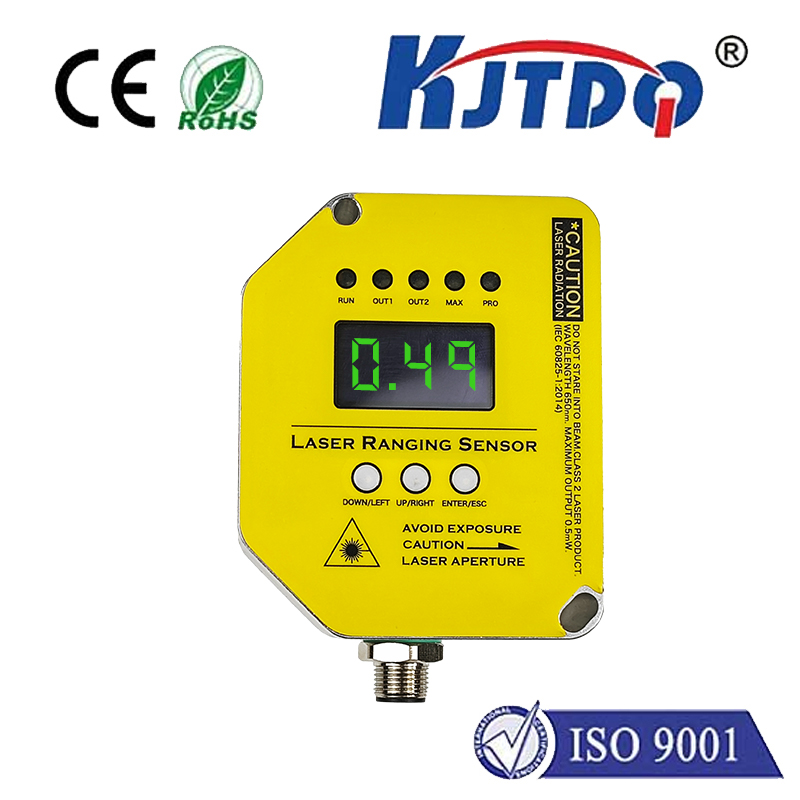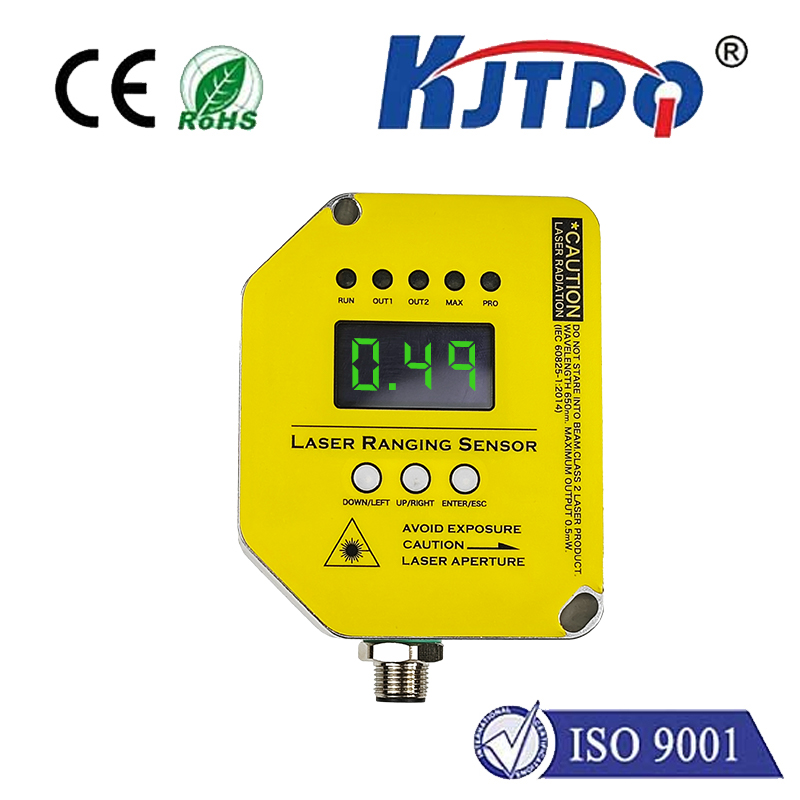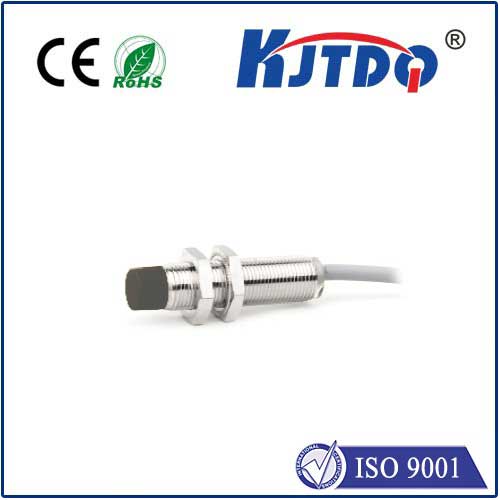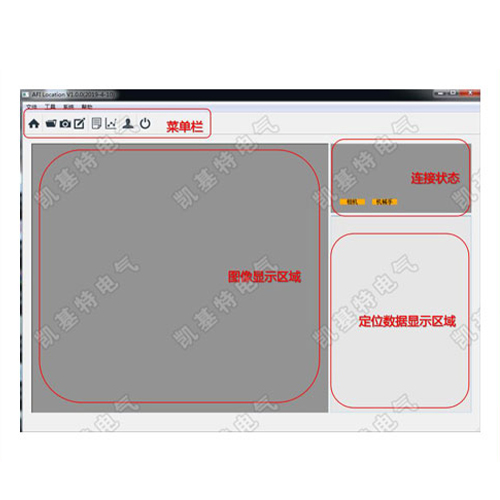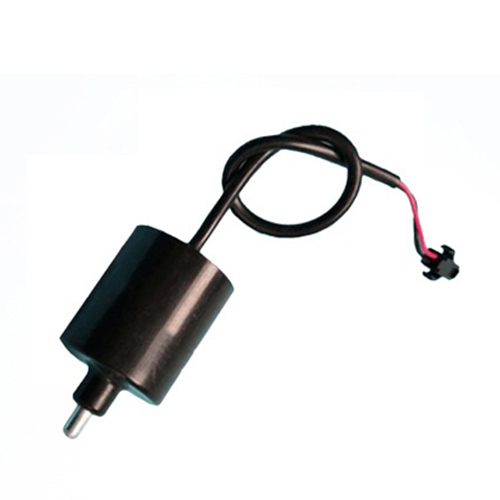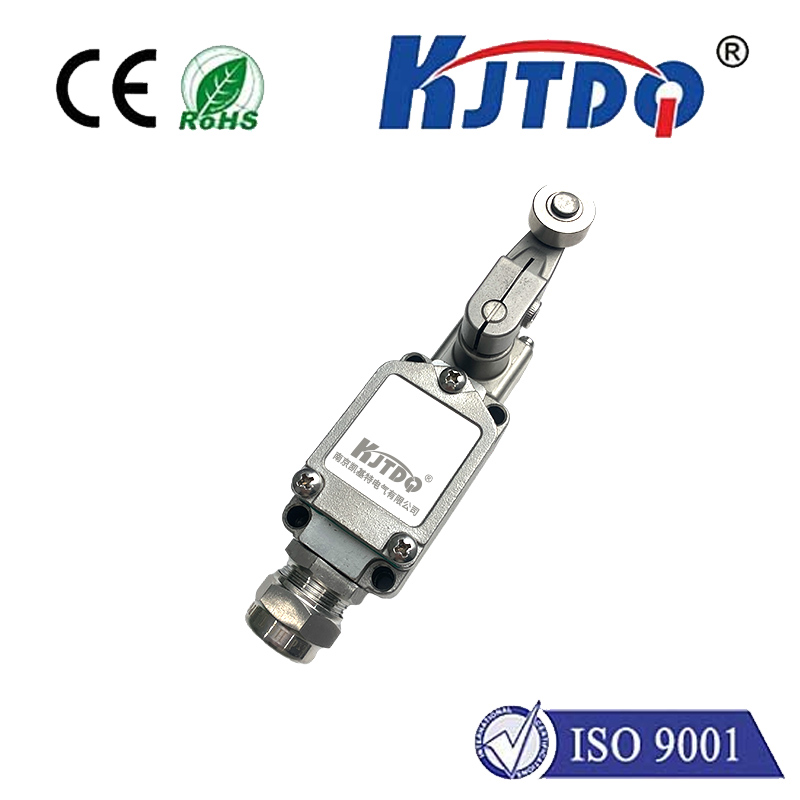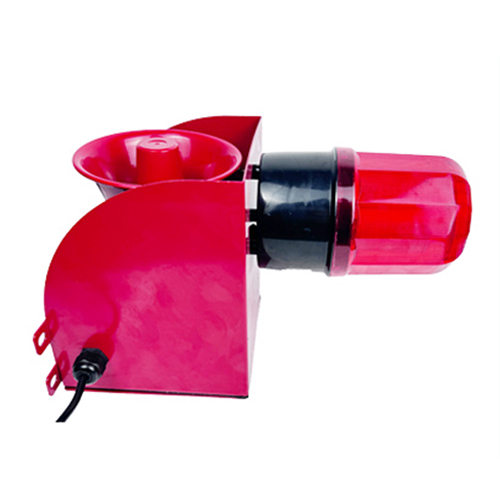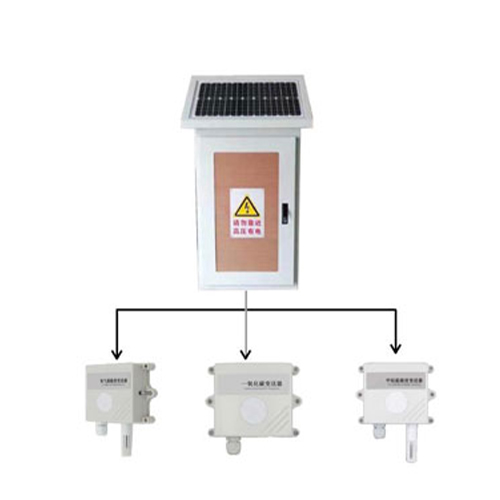taperr limit switch
- time:2025-08-08 00:25:18
- Click:0
Taper Limit Switches: The Unsung Heroes of Precise Position Control
Ever wonder how complex machinery knows exactly when or where to stop a moving tapered component? In the intricate dance of industrial automation, where components move with precision and repetition is king, ensuring mechanisms reach their designated position—especially those involving tapers—is non-negotiable. This is where the often-overlooked, yet fundamentally critical, taper limit switch steps into the spotlight. Designed specifically for monitoring the travel position of conical (tapered) shafts, rollers, or other components, these switches are the silent sentinels guaranteeing safety, accuracy, and process reliability.
Decoding the Taper Limit Switch
A taper limit switch is fundamentally a type of precision position sensor. Its design caters explicitly to components that feature a conical shape – progressively changing diameter along their length. The core function is straightforward: detect the exact point when a moving tapered element reaches a predetermined position along its axis of travel and trigger an electrical signal. This signal is then used by the machine’s control system to:
- Initiate the next stage of an operation (e.g., stopping rotation, engaging a clutch, activating a feed mechanism).
- Halt movement to prevent over-travel, which could cause mechanical damage or jamming.
- Provide critical feedback for process control and monitoring.
- Enforce safety protocols, acting as a hard stop or interlock.
Why Tapers Need Special Attention
Standard limit switches often interact with flat surfaces or distinct edges. Tapered components present a unique challenge:
- Continuous Surface Change: The diameter changes continuously along the shaft. A standard roller lever switch might “ride” the taper without providing a clear, definitive actuation point at the precise location needed.
- Precise Positioning Demand: Applications involving tapers (like paper machinery rolls, printing cylinders, or winding equipment) frequently demand highly accurate positioning. A slight deviation can mean the difference between perfect alignment and a costly misfeed or misprint.
- Consistent Actuation: The switch mechanism must reliably actuate at the same precise point on the taper every single cycle, despite the smooth, sloping surface.
How Taper Limit Switches Achieve Precision

Overcoming these challenges requires thoughtful engineering:
- Optimized Cam Profile: The key differentiator is the design of the actuator cam. Instead of a simple roller, a taper limit switch typically employs a specially shaped cam or lever profile. This profile is meticulously calculated to interact seamlessly with the specific taper angle of the component it’s monitoring. As the tapered shaft moves axially under the switch, the cam profile ensures a sharp, definitive point of contact where the switch is tripped. This precise cam geometry compensates for the changing diameter.
- Microswitch Reliability: The core sensing element is usually a robust, snap-action microswitch. Known for their reliability, long life, and clear electrical signal (ON/OFF), microswitches provide the dependable switching action required. Heavy-duty versions are used for demanding industrial environments.
- Robust Housing: Encased in a durable, often cast metal or high-grade engineered polymer housing, the switch is protected from environmental hazards like dust, moisture, oil, cutting fluids, and mechanical impact common in factories. Ingress protection ratings (like IP65 or IP67) are crucial.
- Adjustable Mounting: Fine-tuning is often essential. Many taper limit switches feature adjustable mounting brackets or micrometer-style adjustments, allowing technicians to calibrate the exact actuation point perfectly for the application.
Where Precision Matters: Key Applications
Taper limit switches find their niche in machinery where tapered components are central to operation and positional accuracy is paramount:
- Paper Manufacturing & Converting: Crucial for monitoring the position of tapered journal bearings on large dryer drums, calendar rolls, and reels, ensuring proper nip pressure and roll alignment. Prevents costly web breaks and misalignment.
- Printing Industry: Used extensively on printing presses to control the engagement/disengagement of plate cylinders, blanket cylinders, and impression cylinders, often mounted on tapered shaft ends. Ensures precise registration.
- Textile Machinery: Monitors the position of tapered spindles, beams, and rollers in weaving, winding, and finishing equipment.
- Packaging Machinery: Controls the positioning of forming shoulders on tube-fill-seal machines, tapered mandrels on cartoning equipment, or adjusting die positions.
- Material Handling: Used on conveyors with tapered rollers or to monitor the position of adjustable tapered guides.
- General Industrial Automation: Any application requiring accurate end-of-travel detection for a component moving along a tapered shaft or roller.
Selecting the Right Taper Limit Switch
Choosing the optimal switch isn’t arbitrary. Key considerations include:
- Taper Angle Compatibility: The switch’s cam profile must match the taper angle of your shaft. This is non-negotiable for precise actuation.
- Environmental Conditions: What are the exposure levels to dust, moisture, oils, chemicals, temperature extremes, or washdowns? Dictates housing material and IP rating.
- Electrical Requirements: Voltage, current rating (AC/DC), and contact configuration (SPDT, DPDT) needed for your control circuit.
- Mechanical Life Expectancy: The expected number of operating cycles; heavy-duty switches are essential for high-speed machinery.
- Mounting Flexibility: Does the application require specific angles or adjustable mounts?
- Actuator Type: While the cam profile is key for the taper, the actuation mechanism (roller, lever, plunger type interacting with the cam) should suit the space and mounting constraints.
The Impact of Getting it Right
Deploying a correctly specified and installed taper limit switch delivers tangible benefits:
- Enhanced Product Quality: Precise positioning prevents misalignment, misfeeds, and registration errors, leading to higher yield and fewer rejects.
- Reduced Downtime: Prevents mechanical damage from over-travel or jamming, significantly improving machine uptime and operational efficiency.
- Improved Safety: Acts as a reliable mechanical interlock to stop dangerous movements, protecting personnel and equipment.
- Consistent Process Control: Provides reliable, repeatable signals for automated sequences, enabling smoother operation.
- Lower Maintenance Costs: Durable designs withstand harsh environments, reducing replacement frequency.
Maintaining Peak Performance
Like any critical component, taper limit switches require attention:
- Regular Inspection: Check for physical damage, secure mounting, and signs of contamination interfering with the actuator movement.
- Cleaning: Remove dust, lint, oil, or debris buildup around the actuator and cam surface. Avoid forcing solvents into the switch housing.
- Calibration Verification: Periodically confirm the actuation point hasn’t shifted, especially after any maintenance involving nearby components.
The Essential Link in Tapered Motion Control
While rarely the star component, the taper limit switch is an indispensable part of the automation ecosystem. Its specialized design addresses the unique demands of monitoring tapered components with unmatched precision. By providing that crucial “at position” signal reliably and consistently, it ensures complex machinery operates safely, efficiently, and produces high-quality results. Whether hidden within the depths of a massive paper machine or diligently working on a high-speed packaging line, the taper limit switch quietly upholds the standards of modern industrial precision.






